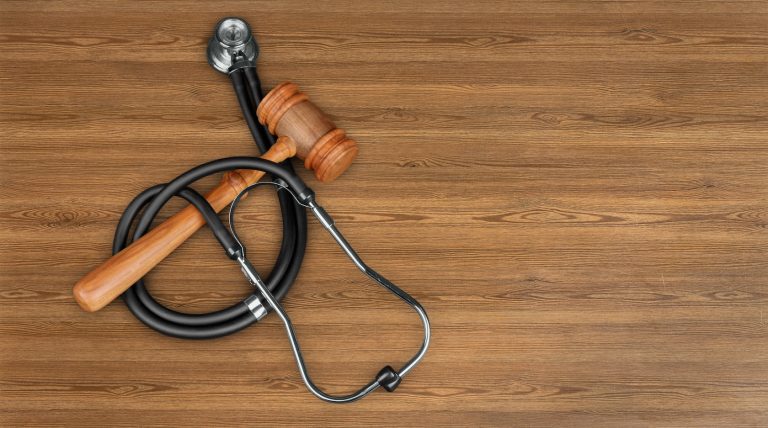High velocity impact is a leading cause of death involved in catastrophic injury. The risk of death is directly proportional to the speed of travel. For speeds between 32 and 50mph the risk increases by 2.8% for every 1 mph increase in velocity. (Foundation for Traffic Safety, 2019)
High velocity catastrophic injury affecting the aortic arch can involve direct impact or indirect impact forces, ranging from frontal impacts with direct chest trauma to frontal, rear and side impacts without direct trauma. Pedestrian traffic impacts, falls from varying heights, and gunshot/or projectile wounds to the chest that do not directly impact the aorta itself but cause delayed pseudoaneurysm formation are also causative factors of aortic arch injury.
The aorta is a three walled structure. Interior wall is called the tunica intima. The middle wall is called the tunica media, and the outer wall is called the tunica adventitia. Damage to the aorta from blunt traumatic injuries occurs from the inside wall (intima) to the outside (adventitia).
Projectiles that do not directly impact the aorta itself cause damage from the outside (adventitia) to the inside (intima). A pseudoaneurysm may form in the aorta due to the kinetic energy produced by the projectile entering into the chest cavity and the damage caused to surrounding tissues. Different types of projectiles create varying amounts of kinetic injury upon penetration, gunshot wound being higher on the energy scale. The formation of a pseudoaneurysm is an outpouching of one or two layers of the vessel wall as opposed to a true aneurysm which involves all three walls. Left unnoticed the pseudoaneurysm can cause an unexpected aortic dissection at a later date.
During a true aortic injury or dissection patients require sternotomy and open surgical repair in the face of hemodynamic instability, large amount (over 200 ml) of blood from chest tubes, contrast extravasation on CT scan, rapidly expanding hematoma, and penetrating aortic injury. Stable patients may be eligible for endovascular repair.
Post sternotomy pain syndrome (PSPS) is a common problem after a median sternotomy. PSPS is considered when post surgical sternal pain continues for 2 months or longer. The cause is unknown but may be related to entrapment neuropathy by scar tissue, rib fractures due to spreading of the chest wall by retractors, brachial plexus injury from retractors or patient positioning, costo-sternal syndrome, or allergy to nickel found in metal chest wires. Other considerations for post-operative pain relate to theories of structural changes in peripheral nerve endings sending altered sensory impulses to the spinal cord and central nervous system.
Chest pain from PSPS may reduce a patient’s quality of life, lead to sleep deprivation, delay in return to activities of daily living, and cause adverse effects on cardiovascular and pulmonary function. (Bruno, 2017)
Bruno, B. Marelli, F. Severino, P. (2017) Post-sternotomy pain syndrome following cardiac surgery: case Report. Journal of Pain Research. 10, 1163-1169.
Nakamura, S. Yamada, T. Naito, H. Sakoda, N. Nakao, A. (2021). The diagnosis of delayed expanding traumatic pseudoaneurysm of thoracic aorta caused by self-inflicted penetrating injury with crossbow bolt: A case report. International Journal of Surgery Case Reports. Retrieved from http:/science direct.com






